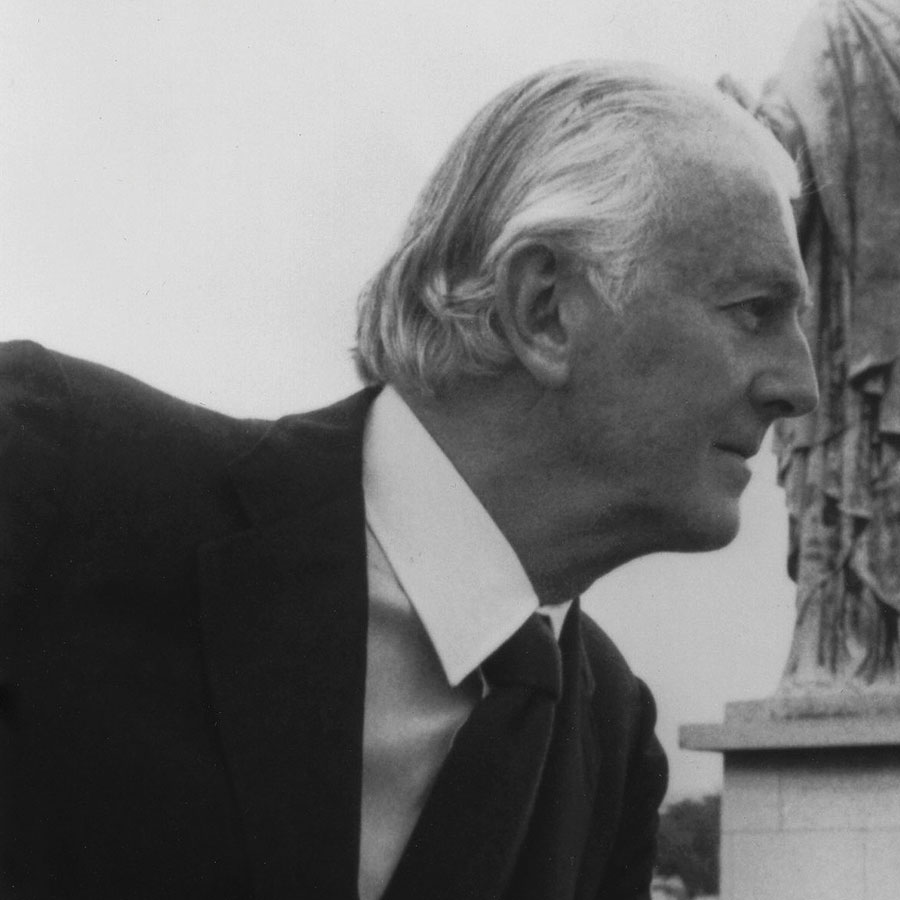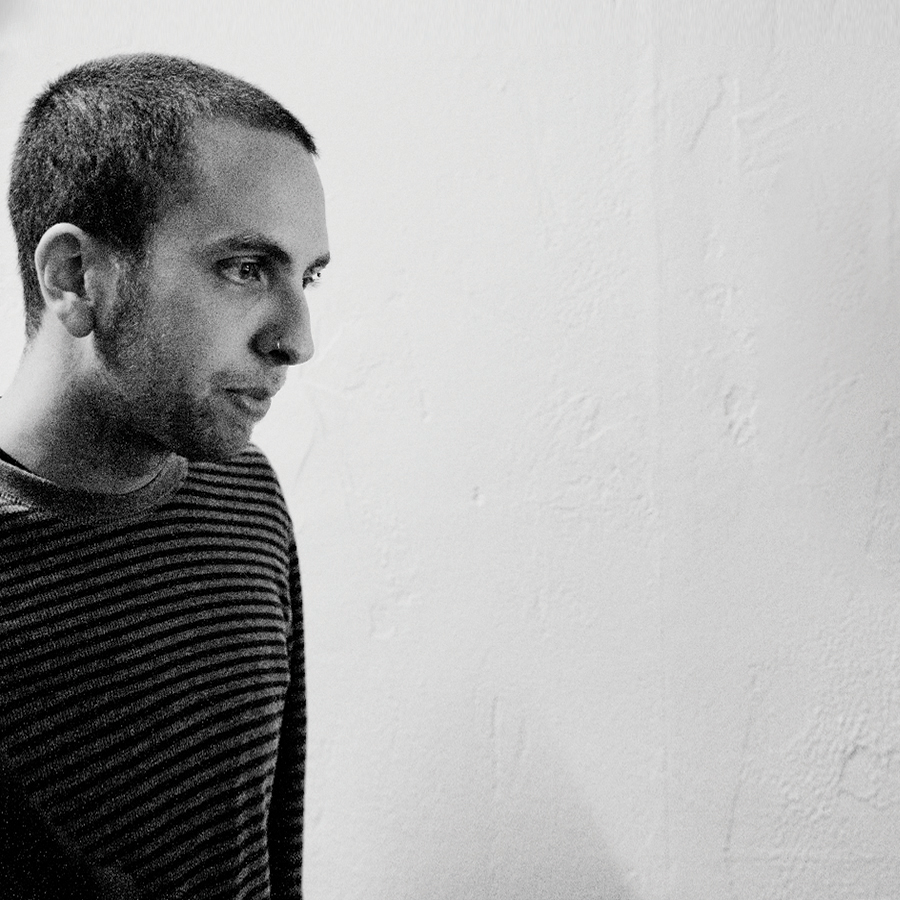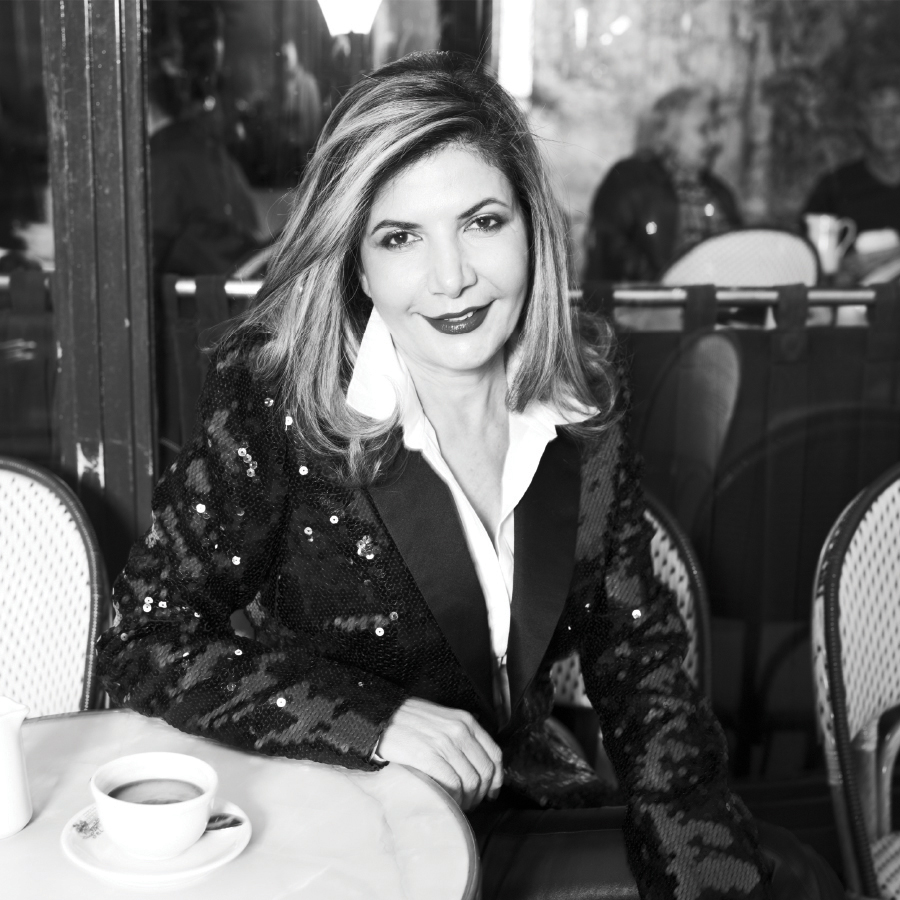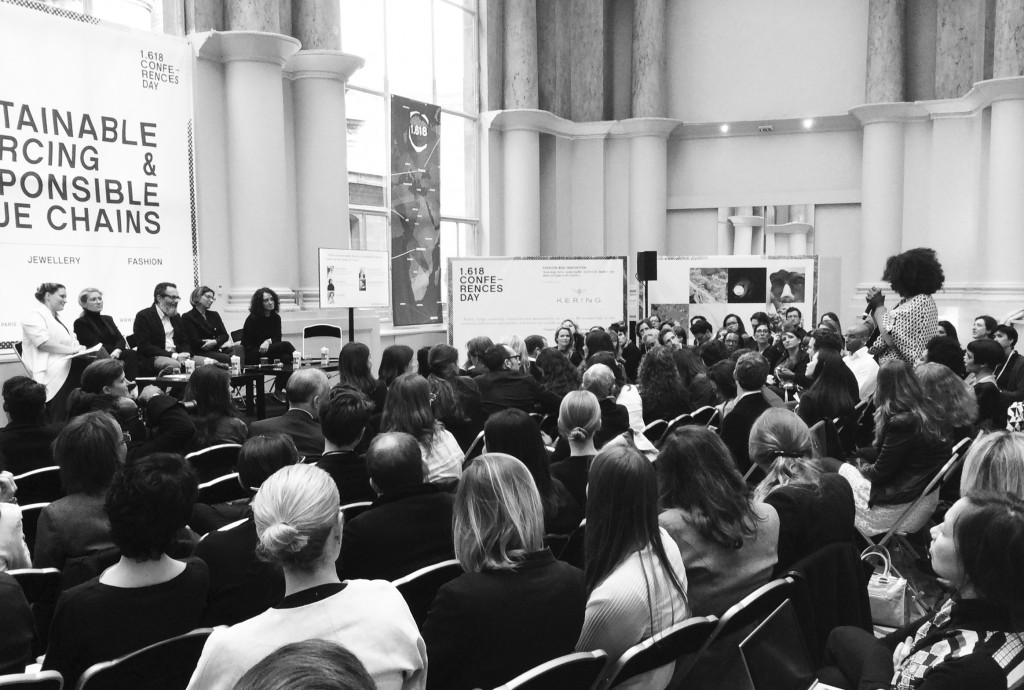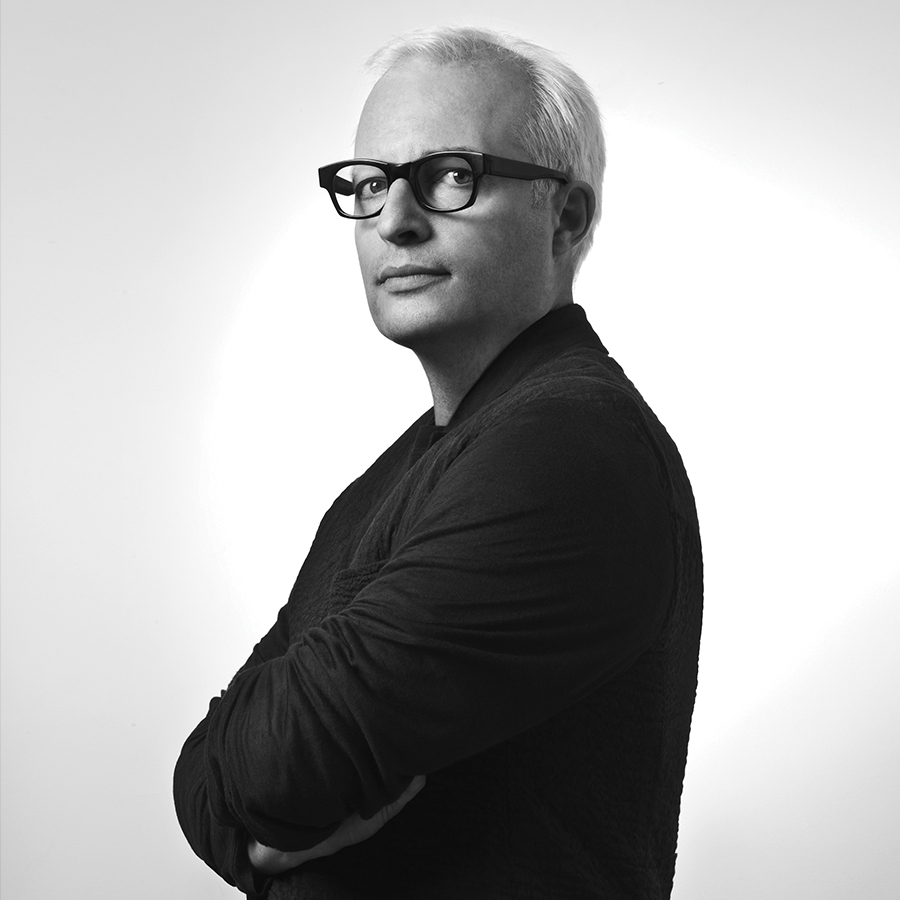
HUBERT BARRERE ON LEGACY
By Crash redaction
CREATIVE DIRECTOR OF MAISON LESAGE EMBROIDERY, FASHION DESIGNER HUBERT BARRERE IS USHERING IN A NEW ERA FOR THE MYTHICAL ATELIER FOUNDED BY THE LESAGE FAMILY IN 1924. AN ARDENT AND LONG-TIME CHAMPION OF ART CRAFTSMANSHIP, HUBERT BARRERE WORKS TIRELESSLY TO PRESERVE THE TRADITIONAL CRAFTS THAT CHANEL HAS FEATURED IN ITS METIERS D’ART COLLECTION SINCE 2002.
You were known first for corsets, a kind of fetish object you started working on in 1996. Then you moved into embroidery with Hurel, a long-time partner of Chanel. Now that you have a few collections under your belt at Maison Lesage, tell us a little about your transition to the company…
Diving into a wholly new creative organization and coming to grips with a completely different way of thinking and doing things is a truly exciting experience. It’s also a chance to rethink my concept of creativity as I put it to work for different luxury brands. But a whole lot more responsibility comes along with this: because Maison Lesage is not just a brand, it’s a symbol of the entire luxury goods industry. Our society also forces me to change my perspective, since we are living through a social revolution that also has a huge impact on creativity and design.
How are these societal changes reflected in the art of embroidery?
The real change comes from the way the younger generations look at creativity and design. They are so much more immediate, with no visual references to anything other than their own intuition, instinct, and culture. It’s a much more empirical way of doing things. They throw out ideas like you would throw fabrics onto the cutting table. For them, technique comes later, which can sometimes make it seem a little awkward, but, at the same time, it’s so spontaneous that it turns out to be surprisingly refreshing. I’m thrilled about what they are doing. My role in all of it is to coordinate and guide their creative process, like a seminar teacher. I help synthesize ideas and bring everything together by showing the company’s young designers how they might reorganize their ideas and find a shape and structure for their creativity. I’m also what you might call the brand’s fashion eye, meaning I oversee everything we’re doing to combine it with other traditional techniques and make sure we’re still meeting the demands of our luxury brand customers. The challenge right now is not to create tomorrow’s fashions, but to make the right fashions for today: a blend of cultural tradition and free, boundless spontaneity.
How do innovations come about in your studio?
Well, aside from our young designers, who are always on the lookout for innovative fabrics, for example, the luxury brands we work with our always handing us new challenges that force us to rethink our techniques. I loved working with Iris Van Herpen, to cite just one example, because her work is absolutely exceptional. She’s one designer who dares to be different. We also work with Bouchra Jarrar, Alexandre Vauthier, and Gustavo Lins. Guillaume Henry’s work for Carven is also quite interesting. It’s important for us to stay connected to the young generation of designers. These aren’t big name designers, instead it’s a larger aesthetic movement that we can’t afford to ignore as a fashion company and supplier to luxury brands.Along with this, Maison Lesage has some 60,000 archives covering fashion history since the 19th century, and we use these documents a lot in our work. The company’s mission is to generate creativity for luxury brands and fashion designers. It’s at the heart of everything we do and think about. It’s essential.
You’re also in charge of quality control for even the tiniest of details, and embroidery is certainly an art of tiny details and micro-design…
Uh oh! I could bore you to death on that question! My personal mission is to ensure that creativity meets uncompromising quality. For Gustavo Lins’s Spring-Summer 2013 couture collection, for example, we needed to find a way to embroider paillettes in Sèvres blue – a color created at the Sèvres porcelain factory. So the challenge was to figure out how to get the same shade of blue using plastic and fabric, two materials that reflect light much differently than porcelain. So I added tiny metal cuvettes to blend in and bring out the blue. In the end we managed to make a brilliant little Sèvres blue concoction by tossing in whatever we could find, with a pinch of salt and a dash of pepper! My role at the company is to promote this kind of creativity.
What do you think about the current trend surrounding artisanal crafts in the fashion world?
I hope it’s more than just a trend. To me it’s one of the core values that gives meaning to luxury. Creativity and beautiful work: the two cornerstones of authentic luxury.
What role does the machine vs. hand embroidery debate play in your industry?
They are actually two different techniques intended for different markets. First of all, you have to remember that there are many different kinds of machine embroidery. There is computer-assisted hand embroidery with software used to set different patterns. This technique is mainly used in mass-market ready-to-wear and the amount of hand embroidery is minimal. Similarly, there are industrial embroidery machines that do things like embroider paillettes to fabrics that will be sold by the meter. This technique eliminates handwork almost entirely. Cornely embroidery, on the other hand, is a form of hand-guided machine embroidery. It uses things like thread, cord, and ribbons, and it does very beautiful work. And then there is hand embroidery, which is of two basic types: crochet and needle. Hand embroidery has no limitations. You can embroider absolutely anything: shells, eraser heads, metal, jewels… anything. We recently did a piece where we embroidered balloons, paillettes, and beads: it was amazing! You simply cannot do this kind of thing with a machine, especially if it isn’t even hand-guided. One has a soul and the other doesn’t. Hand embroidery is something emotional. It isn’t a kind of technical exhibitionism, and its value doesn’t come simply from the hours and hours of meticulous work involved: above all else, it’s something that comes from the soul, it makes you feel something, without quite knowing why.






